Its with great delight that I can write that today I been informed that I have been accepted as a Fellow into The Royal Photographic Society (RPS).
The RPS offers three levels of Distinctions which set recognised standards of achievement throughout the world, being Licentiate LRPS, Associateship ARPS and Fellowship FRPS.
FRPS is the highest level of Distinction available from The Royal Photographic Society.
From The RPS website.................
Images must be of an outstanding photographic and creative standard and accompanied by a Statement of Intent. An obvious personal style is expected at this level and you have to have achieved ARPS before applying for FRPS.
The Royal Photographic Society was founded in 1853, and is the only photographic society in the world to have Her Majesty The Queen as its Patron, and to be Incorporated by Royal Charter.
I became a member of The royal Photographic Society in 2008, and applied for, and was successful in being awarded Licientate LRPS in the same year, for the submission of 10 prints for assessment by The Society.
The following year I applied for Associateship, by submitting 15 prints based on a coastal theme, and a statement of intent. Unfortunately this panel of 15 images was not recommended for Associateshp by The panel of assessors.
Centre image from ARPS Distinction Award
A rejection or failure is never easy to accept or get over, but I decided to try again, and shot a whole new body of work in The Liverpool Anglican Cathedral. This subsequent application was successful for Associateship in 2010 in The Visual Arts.
The step from LRPS to ARPS was considerable, in terms of level of skill and personal interpretation.
From The RPS website......................
ARPS images of exceptional standard and a written Statement of Intent (what you hoped to achieve). This is a significant step up from the LRPS. At this stage creative ability and personal style (what makes your work unique to you), along with complete control of the technical aspects of photography must be evident.
While on a city break in London in December 2014, I was taking some photographs whilst commuting on The London Underground. Westminster Station struck me in particular, the architecture and almost movie like environment is stunning. While observing other passengers, I became aware of the way they seemed to almost switch off their social skills, and became devoid of any communication skills, except for the people that some were travelling with.
I was taking photographs using strong single point persepective composition, to show the commuters in the environment, and also aimed to portray the grungy environment in the pictures in a way it felt to actually be there. The commuters were photographed and I wanted to portray the tension that existed, and the isolation many of them chose to take by limiting their social interactions with other commuters.
When reviewing the photographs a few days later, I realised there was a strong distinct style and cohesion in what I had shot. Its at that time I realised I had actually shot a body of work that could potentially be submitted for a Fellowship application. I had heard it said in the past that a Fellowship Panel often is shot by the photographer without the photographer realising at the time. I felt was the case here.
I shot all the images in the panel with 2 lenses, a fisheye for altering perspective, and a rectilinear zoom lens for creating single point perspective composition. Most of the work was shot wide, to ultra wide, and it was a decision I made, because I wanted to be close to the people in the pictures, and the wider the lens allowed me to get really close. The closer I could become allowed me to capture the tension in the picture, of almost being in another persons personal space.
After spending some time selecting and panelling the photographs to be used, I had an issue resolving some of the colours and balance in the panel. I decided to introduce 3 images from an earlier visit to London, and these enabled me to resolve the issues mentioned into a cohesive balanced panel of 20 photographs presented across 3 rows.
I am a member of The sRGB Photo group, and took the opportunity of presenting the work at a SRGB critique meeting. Following some great observations from the SRGB members, I made a number of adjustments to the panels layout and substituted one of the prints. This is the time when having a group of friends with a wealth of photographic knowledge and experience to call upon is a really helpful.
Fellowship FRPS Panel
My panel was submitted for assessment in the Pictorial category initially, but I was advised that it would sit better in the Creative category, due to the nature of the processing I had applied to reflect the grunginess of the environment.
The assessors on the creative panel, felt that 3 of the prints had technical issues, and needed to be reprinted or replaced. They felt that the panel was very close to Fellowship, and I was given the opportunity to reprint or replace the 3 prints identified, and for the assessment to be dealt with by what The RPS call referral. I reprinted the same 3 photographs, and resubmitted them for assessment. This time the panel was put forward by the creative panel for consideration to The Fellowship Board.
The purpose of The Fellowship Board is to ensure and maintain an overall consistent standard of distinguished ability. The Fellowship board can and do reject panels of work at this stage that they feel don't meet the standards reqiured.
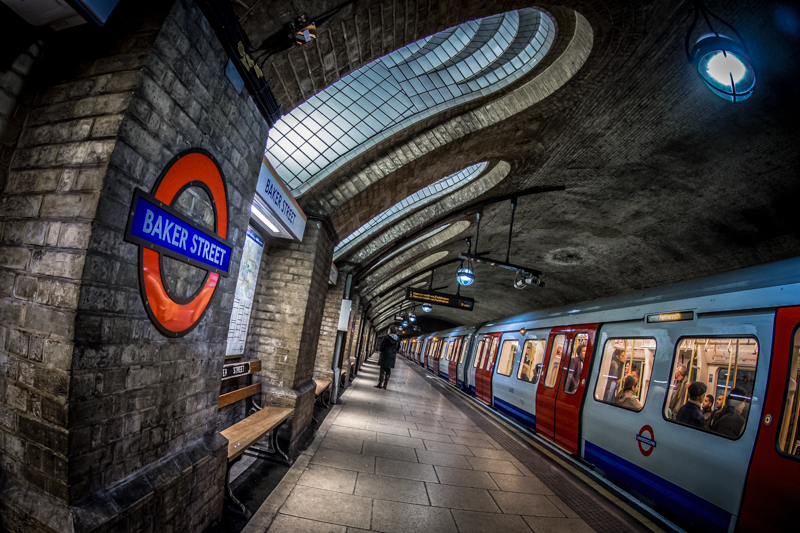
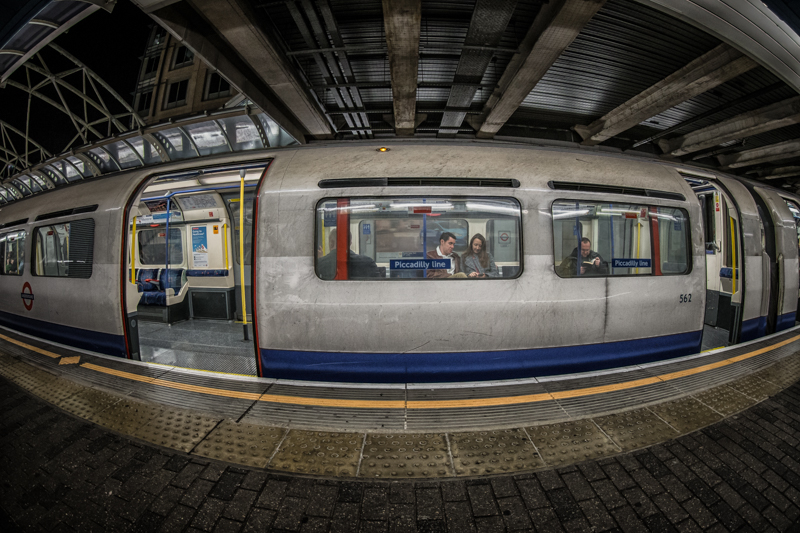
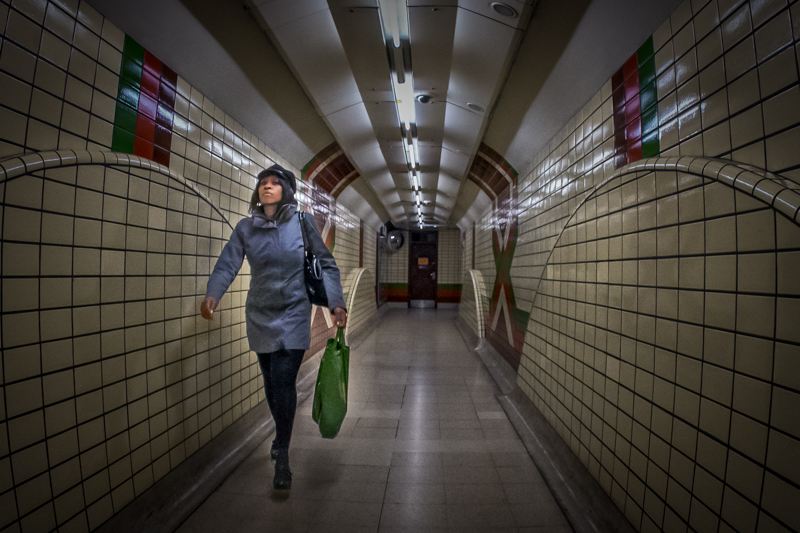
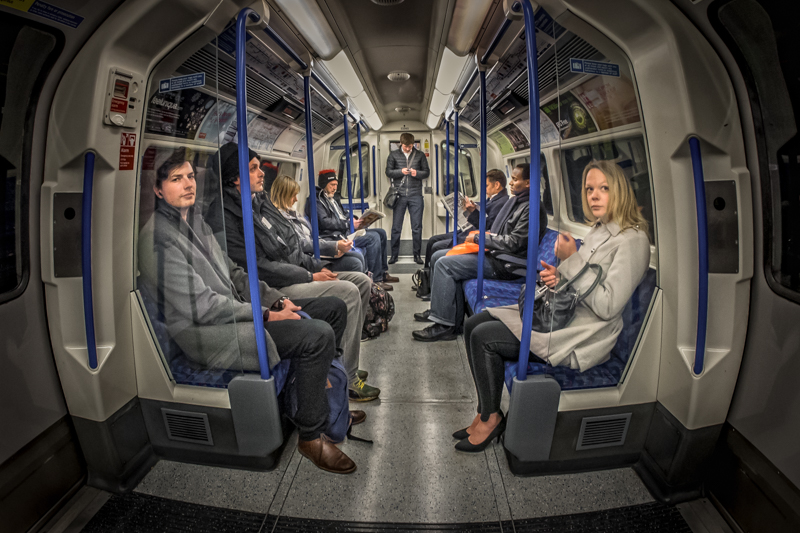
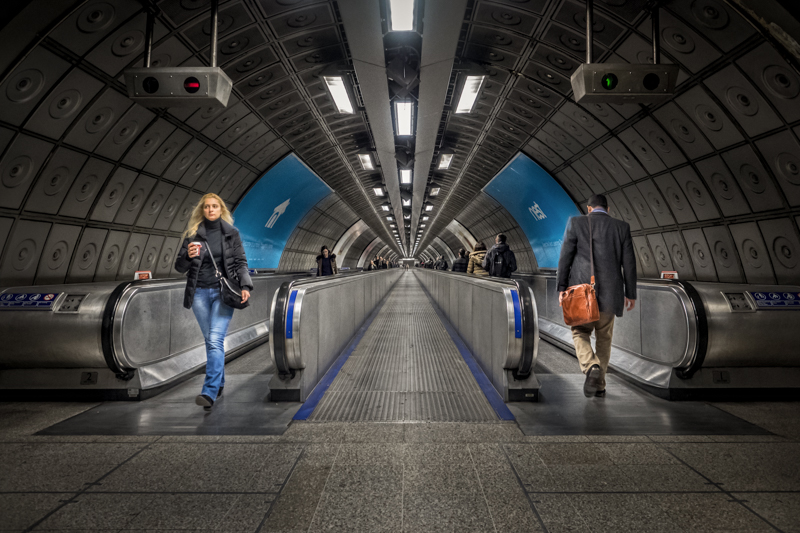
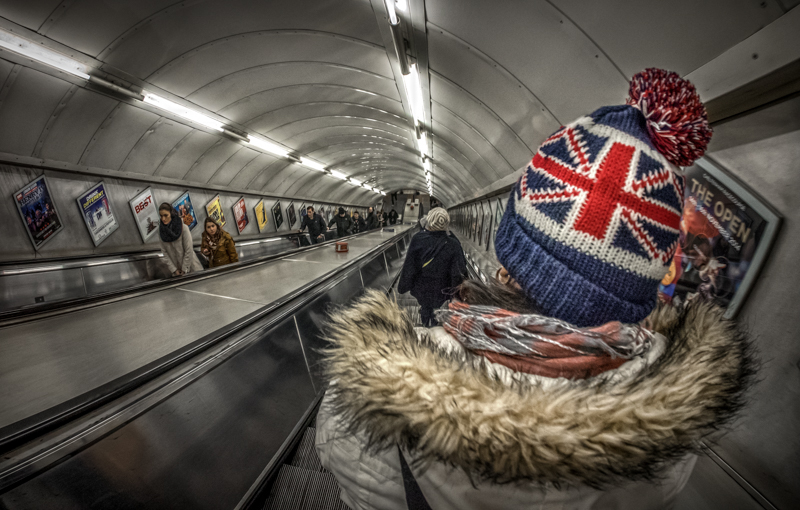
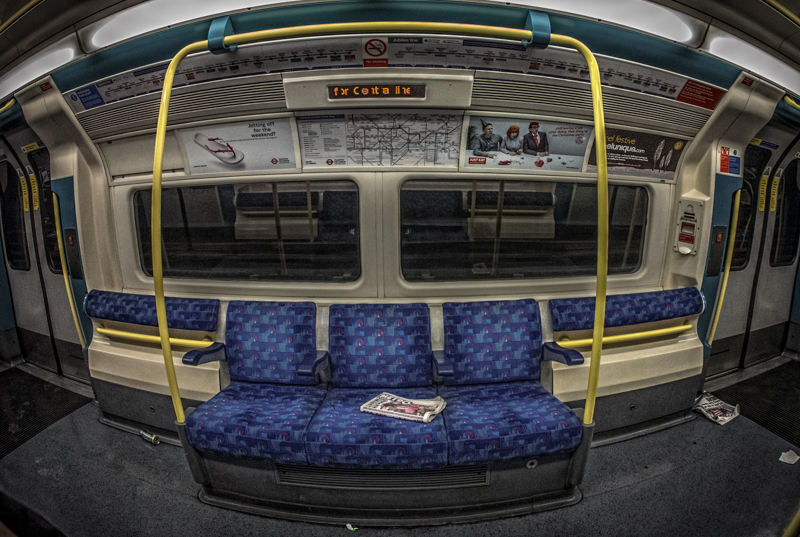
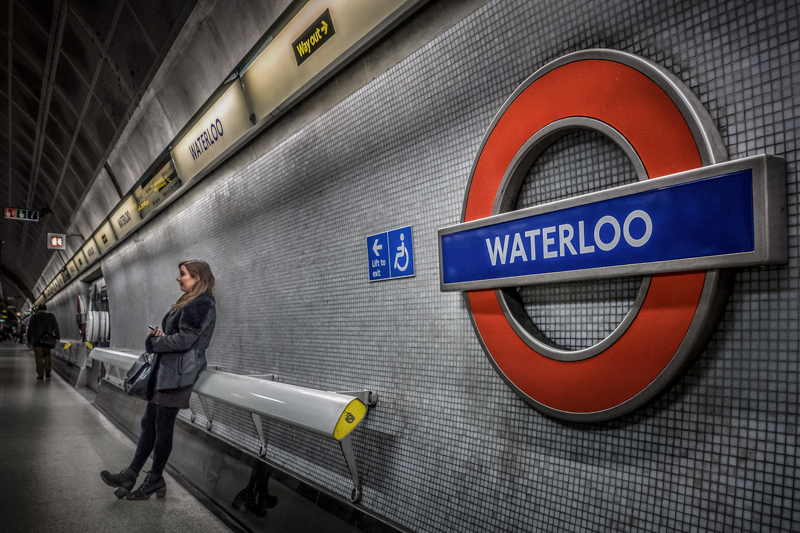
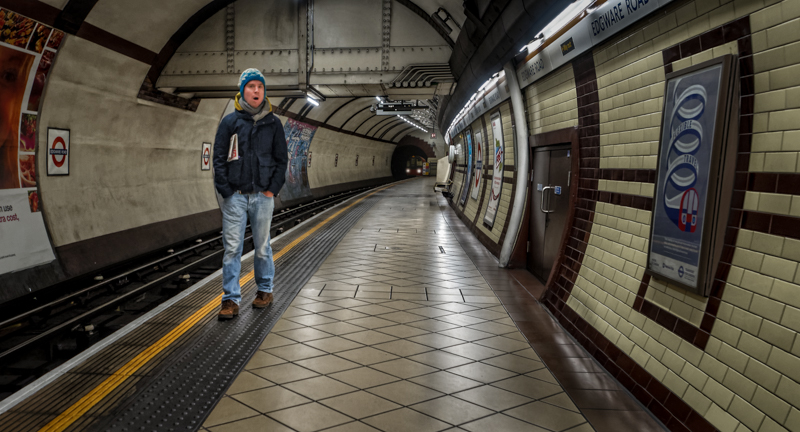
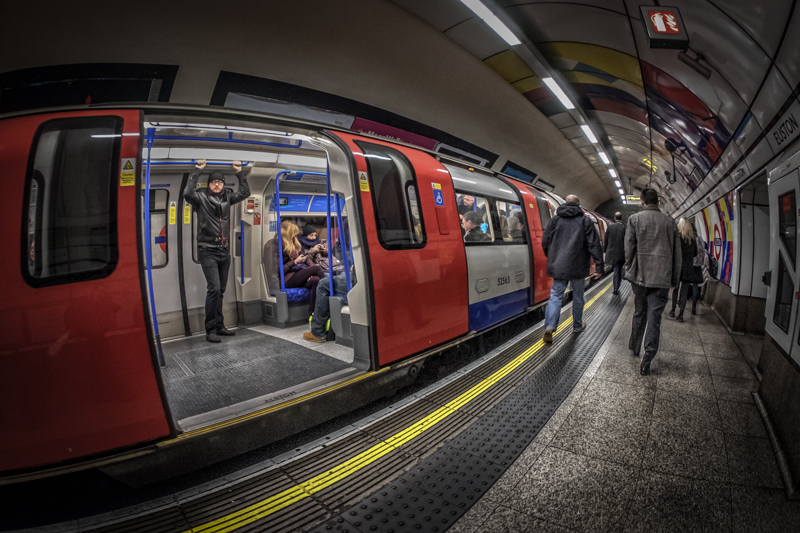
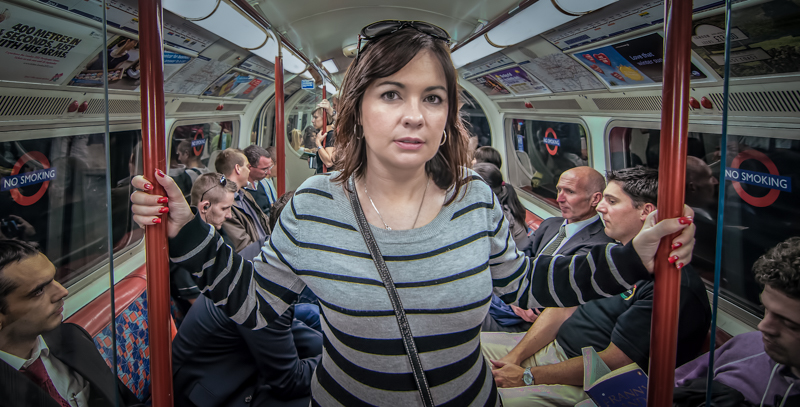
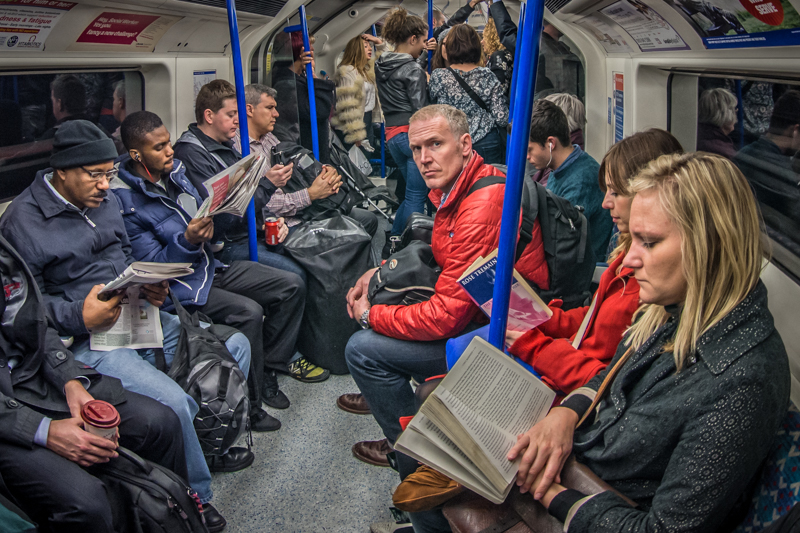

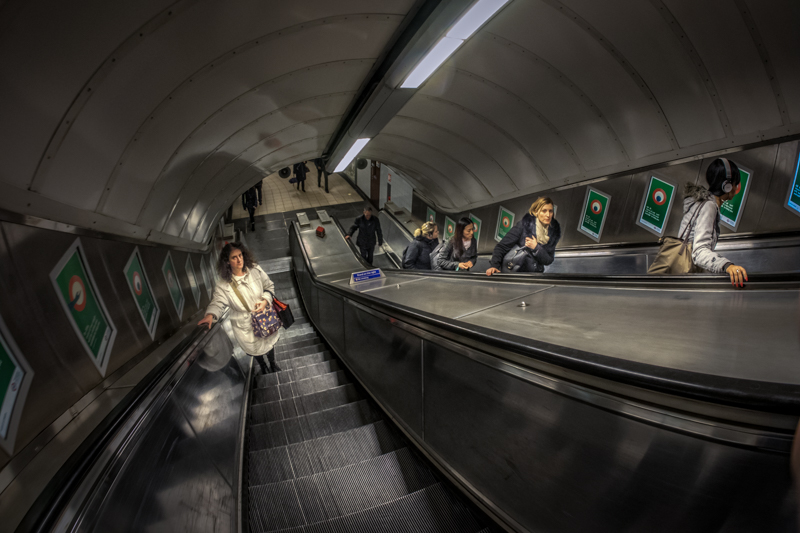
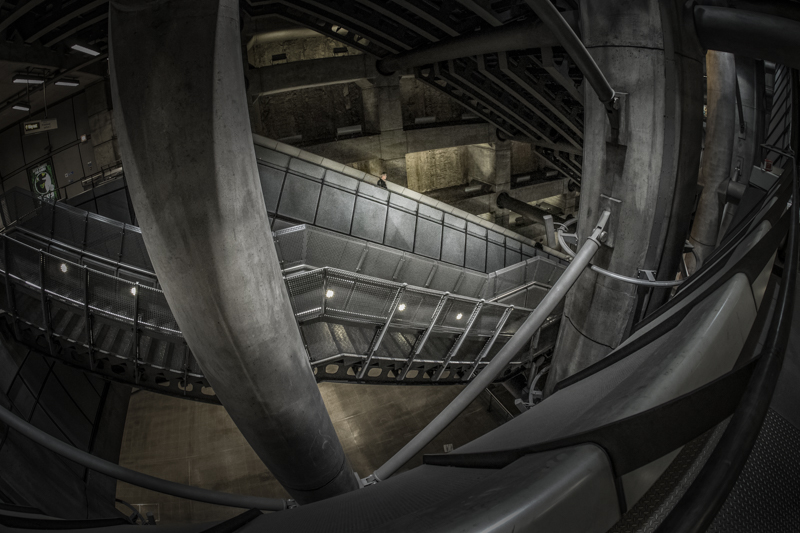

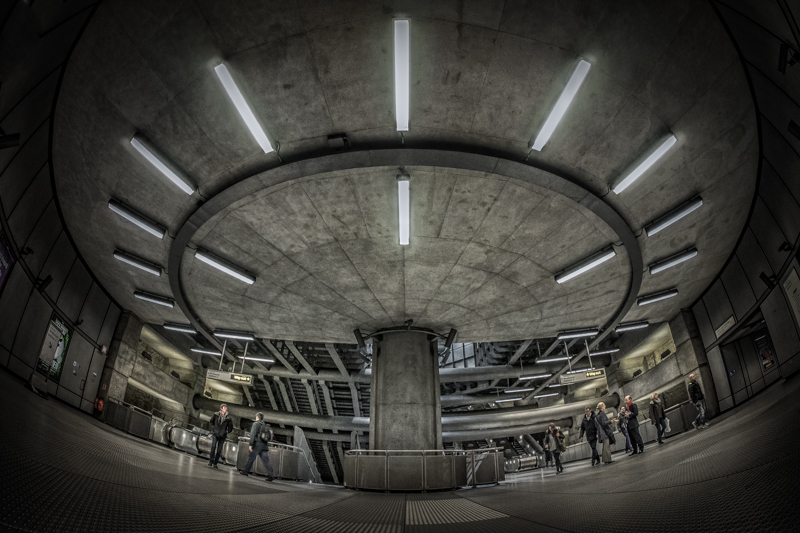
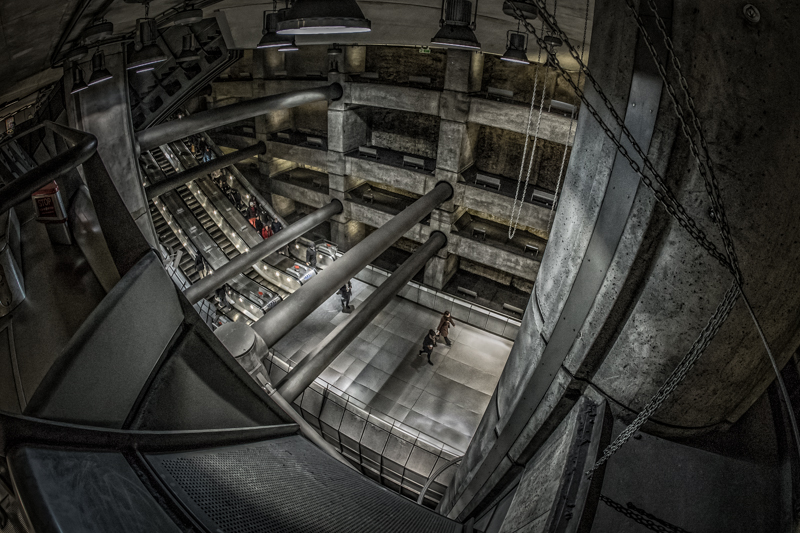
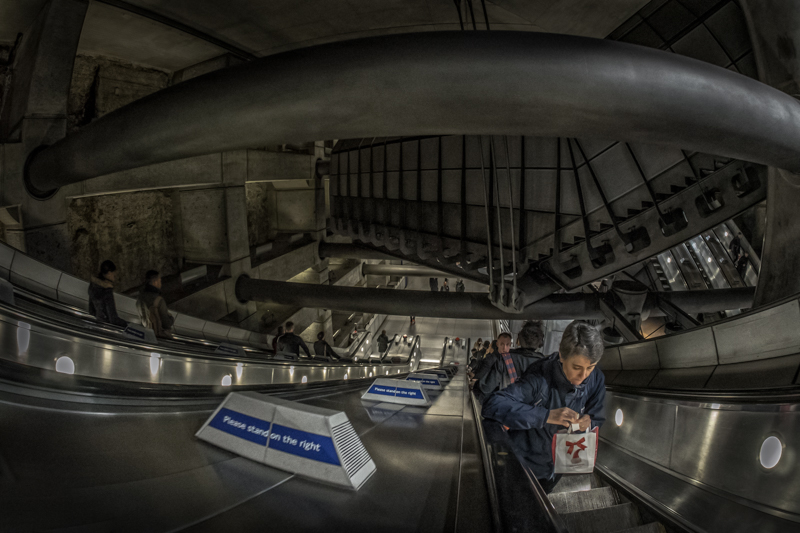
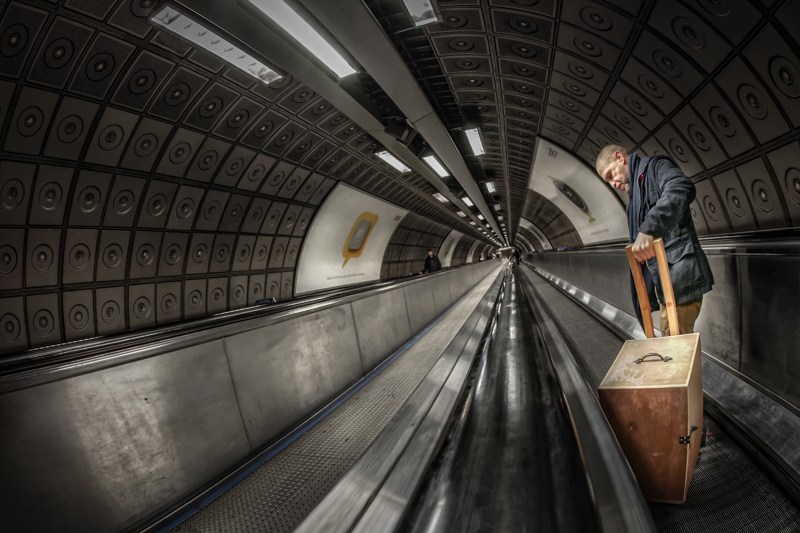
The panel was duly considered by The Fellowship Board, and was recommended for Fellowship. The next stage was to have the Distinction Advisory Board approve the the Fellowship, and then for The council to finally ratify The Fellowship.
The Fellowship Distinction Award represents a huge amount of work and development that has taken many years for me to acheive. the value of such awards are in the journey and not the destination. The ongoing challenge is to now continue to produce work of Fellowship standard, throughout my photographic work.
This is the second Fellowship I have been awarded in 2015, and follows on from my Masters distinction awarded in 2014.
The photographs used in The FRPS panel have between them won 13 awards both nationally and Internationally in photography exhibitions when used as individual prints.
Following my failed ARPS submission in 2009, I considered whether I should pursue photography further, as I felt I had peaked at that time, and ARPS was just to far out of reach for me. With hard work and dedication, this has thankfully not been the case. The adage off if you want something worthwhile, you have to work for it, has never rang truer on my ears.
In the words of my idol John Lennon from the song The Ballad of John and Yoko " .................. you know it don't come easy, you know how hard it can be" but easy doesn't push your boundaries or develop you, so if its worth having its worth working for and sticking at it.
The RPS





